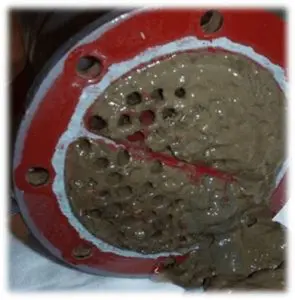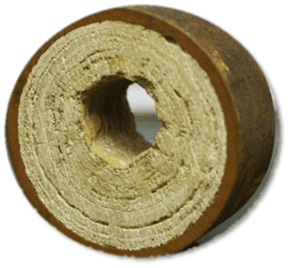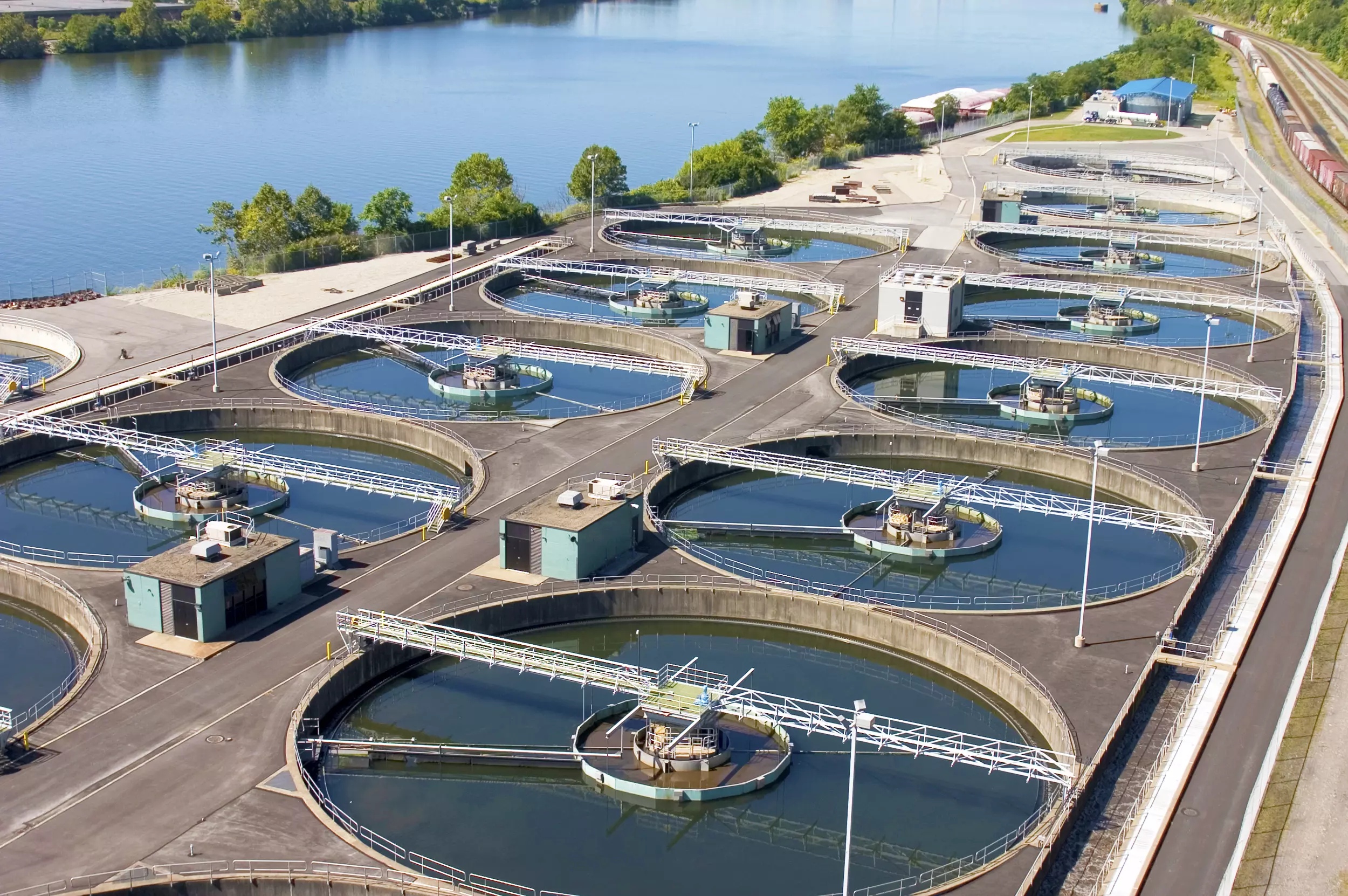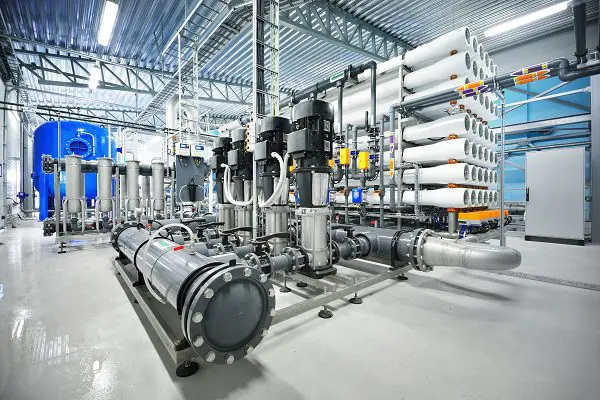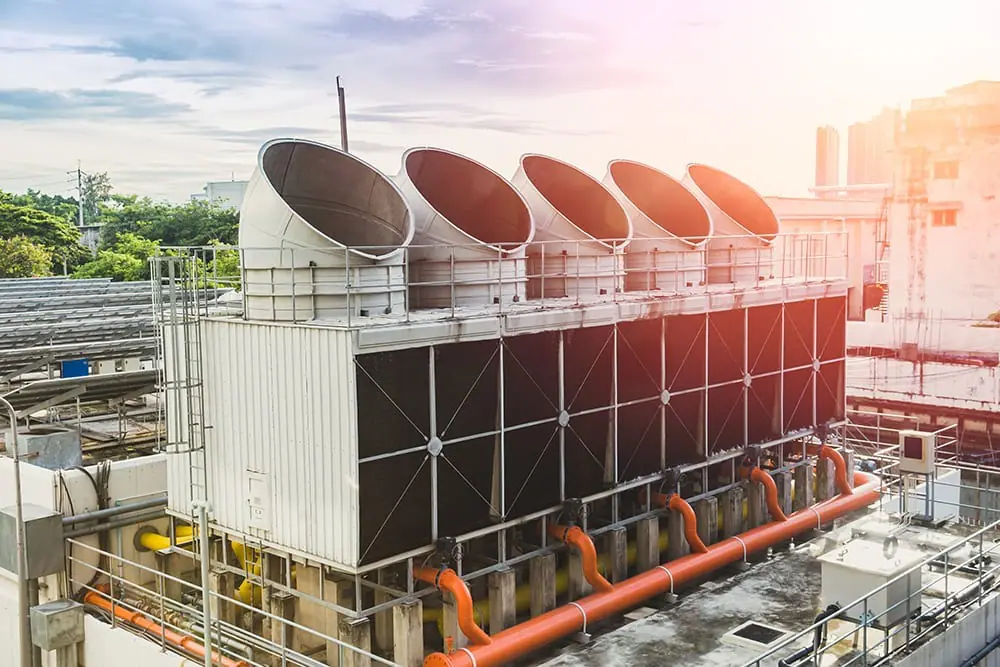Polyphosphates contain multiple phosphorus atoms connected to each other through an oxygen bridge. The inorganic phosphate polymer generally contains from 3 to 15 units. Polyphosphates contain negatively charged oxygen atoms that attract positively charged cations such as calcium, iron, etc. This attraction can effectively sequester (combine) with the cations, forming a complex that interferes with deposit formation. A threshold concentration must be reached before the polyphosphates can prevent calcium carbonate scaling at concentrations with low supersaturation levels. In the same way, polyphosphate combines with iron and manganese to prevent red and black stains, respectively. Polyphosphate effectiveness is limited by reversion to orthophosphate under certain operating conditions.
-
USA - English
- Locations
- SDS Access
- CTVista®+ Login

